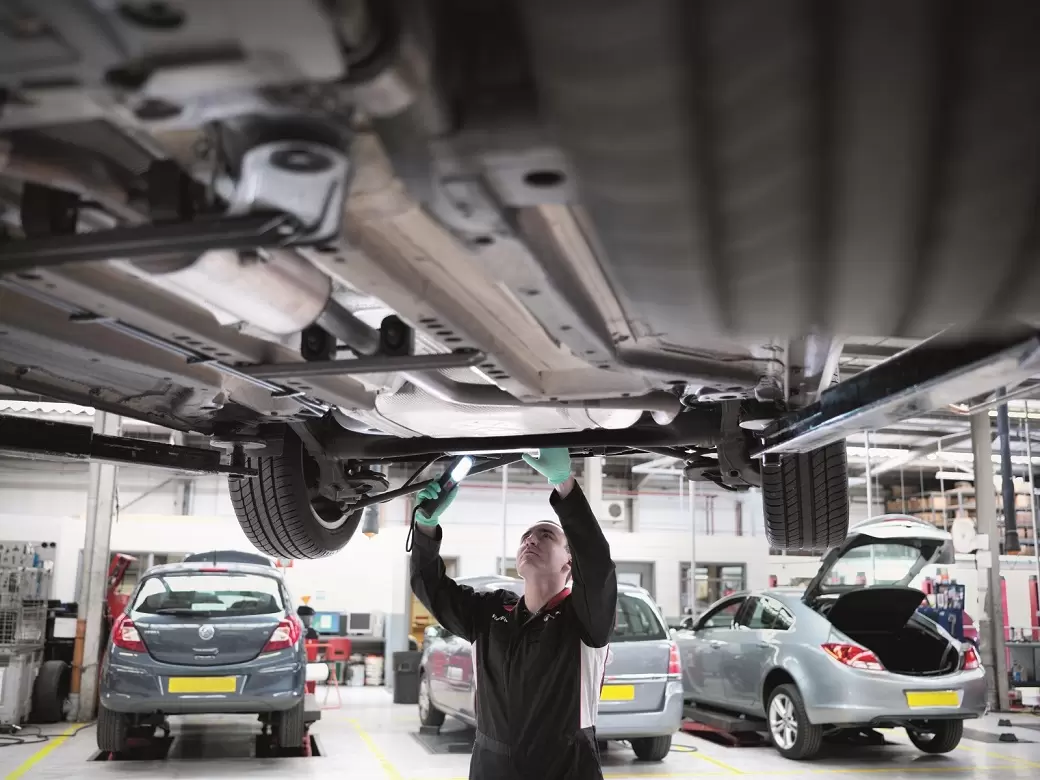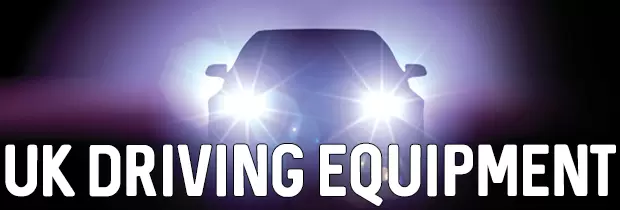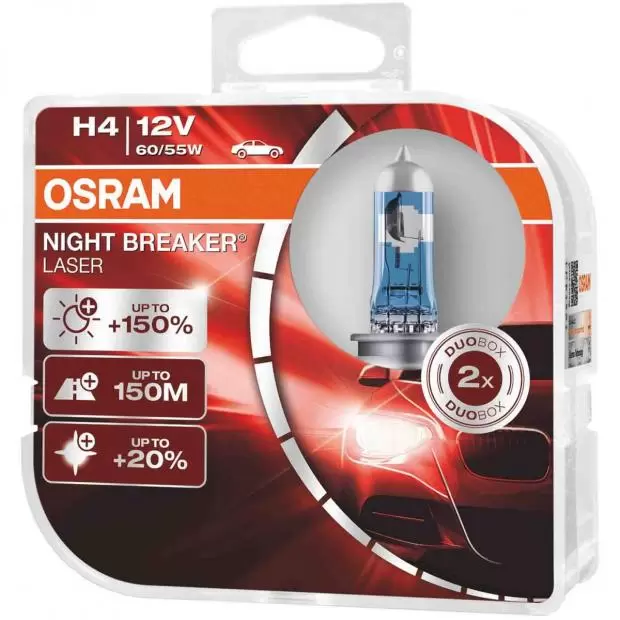For drivers
No matter what kind of vehicle you plan to drive in the UK, you'll need to have a driving licence. If you have a licence from another country in the British  Commonwealth, this is usually a simple process. Drivers from other countries can drive in the UK with their foreign licence for up to a year before taking the UK driving test.
Commonwealth, this is usually a simple process. Drivers from other countries can drive in the UK with their foreign licence for up to a year before taking the UK driving test.
Drivers with a provisional driving licence, typically those under 17 years old, must also follow special requirements, such as having an experienced driver present.
If you require glasses or contacts to see properly, you'll also be required to wear those at all times when driving.
Vehicle safety equipment
This won't come as a surprise to drivers from other European nations, but in the UK, drivers are required to have certain safety equipment in their vehicle at all times. Drivers must have a spare set of headlight bulbs, ensuring you can easily replace any unexpected burn-outs.
Vehicles on the road in the UK must also contain a first-aid kit, warning triangle, and fire extinguisher. The warning triangle should be used any time you are pulled over on the side of a motorway, or if your vehicle breaks down on the road.
MOT test
To be able to drive your vehicle on the road in the UK, your vehicle must be able to pass the MOT (Ministry of Transport) test. This means your car meets  minimum safety requirements and has all the necessary equipment for roads in the UK.
minimum safety requirements and has all the necessary equipment for roads in the UK.
The MOT is fairly basic and similar to the type of inspection your vehicle would undergo in any other country. Your car must have working lights, signals, brakes, and steering. The body of the vehicle should be in reasonable condition. Other safety components such as seatbelts, tyres, and mirrors will also be inspected.
Lighting requirements
Certain lights are required on every vehicle if you want to drive during the daytime. You must have working headlights, rear lights, side lights, and number plate lights. However, if your vehicle does not have lights or they've been painted over or covered in any way, you can still drive during the day. This loophole may seem odd to drivers from other countries, but vehicles without lights can pass the MOT with the restriction that they are only to be used in daylight.
Of course, any lights on your car must be street legal. This means they should be bright enough to allow clear visibility without blinding other drivers or pedestrians. Lights must also be the proper colours - headlights and sidelights should always be white or yellow, and rear lights should be red.
Driving in the UK is simple for experienced motorists, and the requirements for your vehicle aren't much different than in other countries. If you're in need of a set of spare bulbs or want to make sure your lights are as bright and safe as possible, check out our selection of halogen bulbs, xenon HIDs and LED car headlight bulbs.






























 Close
Close